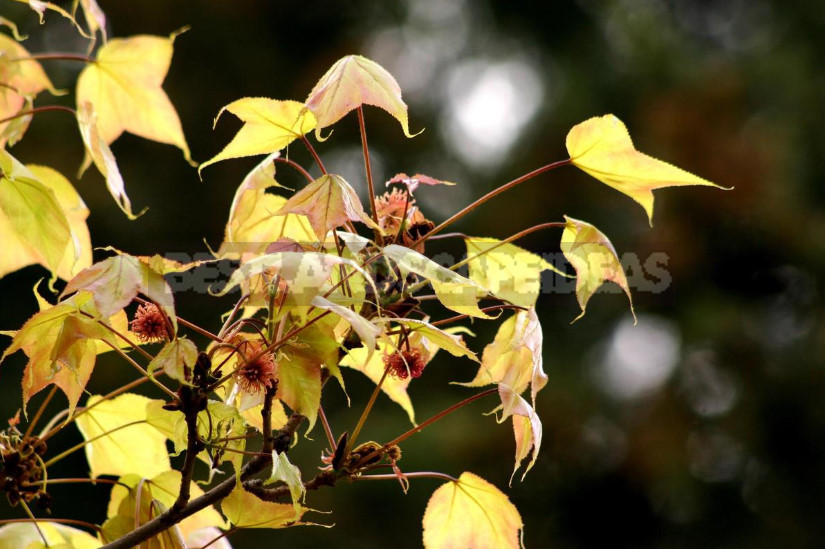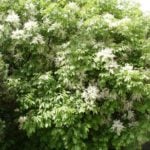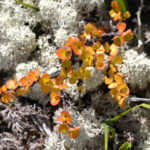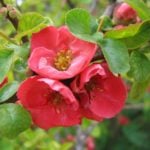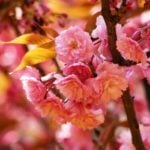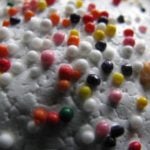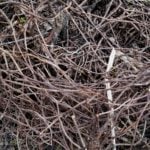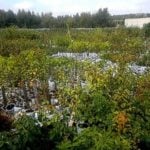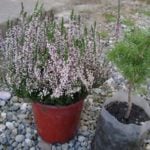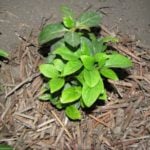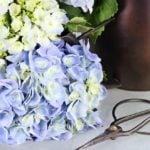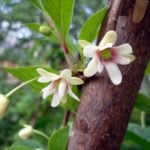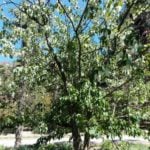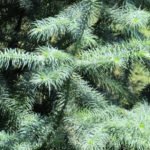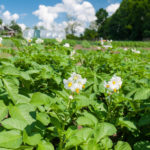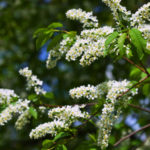We continue the interesting topic of geographical plants-twins. I will try to help find similar externally deciduous trees, making pairs of them.
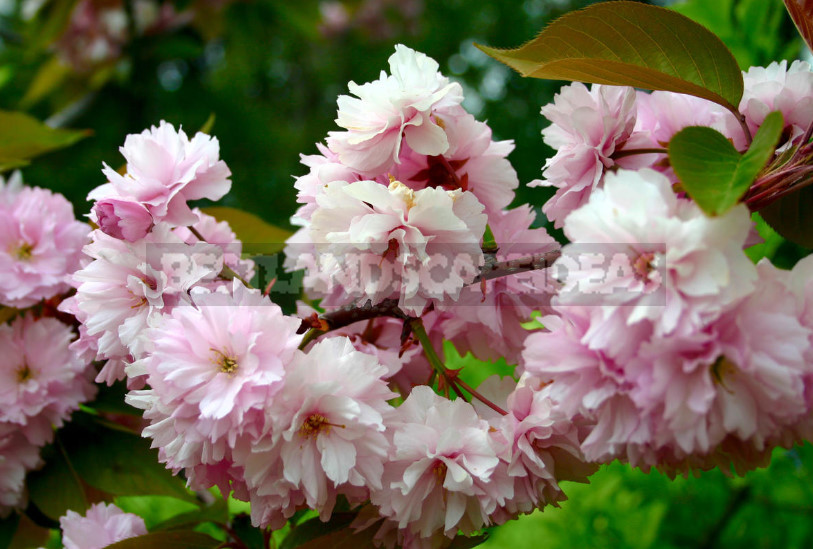
Some breeds were more fortunate than others: they found more than one partner. Sometimes a double deciduous tree will be a shrub, but do not be confused, because its life form can be represented by a tree. In rare cases, the pair to the deciduous coniferous plant will be delivered. Sometimes the most accurate similarity will be between species of the same genus. In General, see for yourself.
Salix alba – Taxodium mucronatum
Unusually interesting similarity of appearance is the first pair of trees.
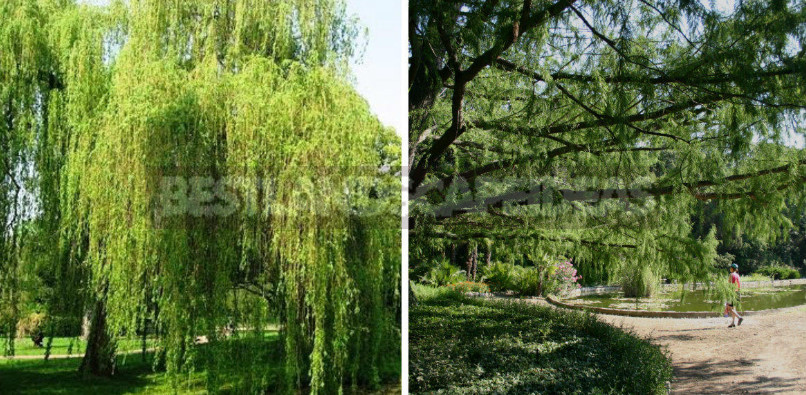
These are large (20-30 m high) trees with a spreading tent-shaped crown; in the southerner with age it becomes cone-shaped. But about the “northerner” let’s talk in more detail, especially since some of our users have already planted Salix alba in their cottages. Among other Salix she love of light and hardiness, not fussy in relation to soils (low to their fertility and humidity), endures prolonged flooding and slight salinity, can grow on dry soils, but develops best on deep loose river sediments.
This is not only a spectacular specimen: it is possible to make excellent borders and low hedges, annually cut on the stump. If the family has allergies, the Salix will have to cut in winter or early spring, then by April (flowering time) flower buds will not have time to lay, and the willow will not bloom.
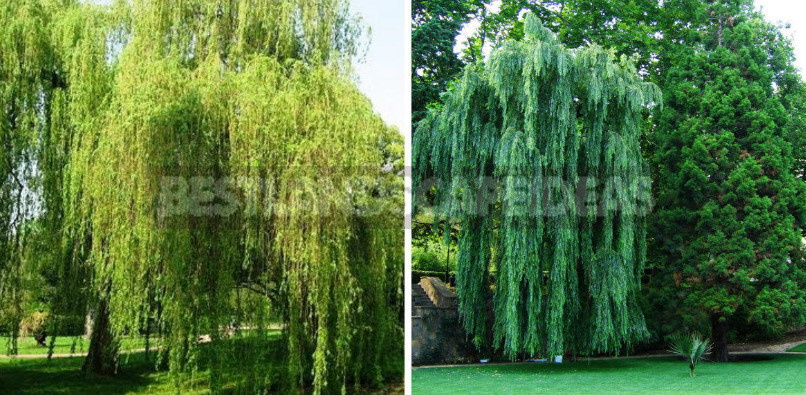
In the South is preferable to more thermophilic S. babylonica, which is lower (up to 12 m). By the way, the southerners especially long weeping branches differ female specimens.
Acer rubrum – Liquidambar styraciflua
Both trees are particularly interesting in one color scheme – in autumn.
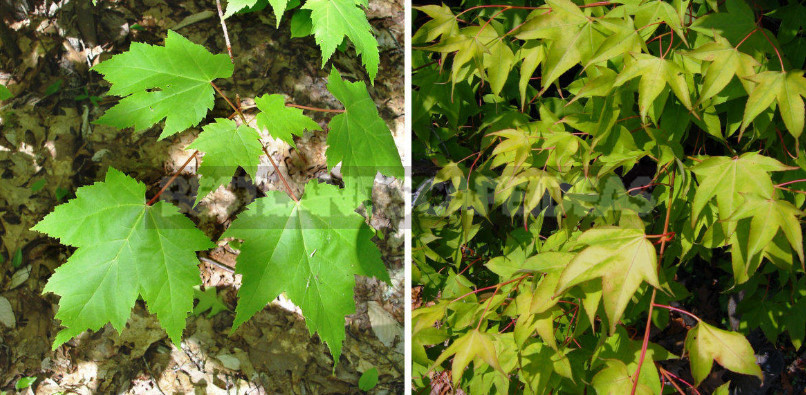
Liquidambar styraciflua leaves 12-18 cm long, mostly 5-fingered: the shape is very similar to the leaves of Acer rubrum, but located along the stem is not opposite, and spiral. To make sure that before you exotic Liquidambar styraciflua, RUB the sheet in your hands and you will feel the amber aroma. Capitate stems of Liquidambar are similar to sycamore. They often help to distinguish the tree in front of you: Platanus x acerifolia or one of the Acer species. In addition, the plane tree produces a light gray smooth bark, which with age exfoliates large plates.
Elaeagnus angustifolia – Olea europaea
Strikingly similar pair was obtained from these trees!
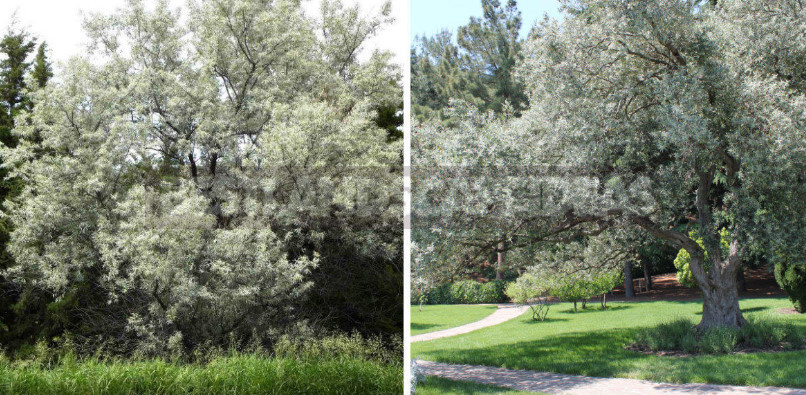
Elaeagnus angustifolia is well known to the users of our website. Previously, it was used for forest belts, planted along the roads. Thanks to the amazing endurance (drought-resistant, undemanding to soils) Elaeagnus angustifolia and is now popular in the steppe and forest-steppe zones, and not only.
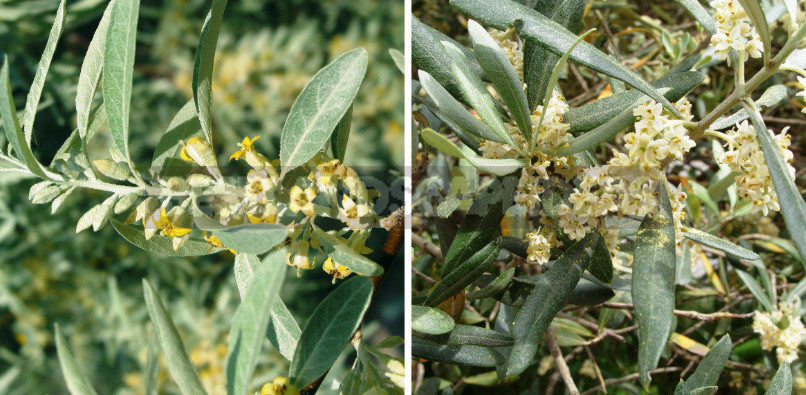
Relatively winter-hardy: in severe winters in the Northern regions, especially at a young age, can freeze, but recovers quickly.
Not only is the specimen, it is possible to make an impenetrable thorny hedges. In the country prefer to plant Olea europaea, the natural beauty of which is successfully combined with practical use.
Elaeagnus commutata – Pyrus elaeagrifolia
A magnificent pair of silvery trees.
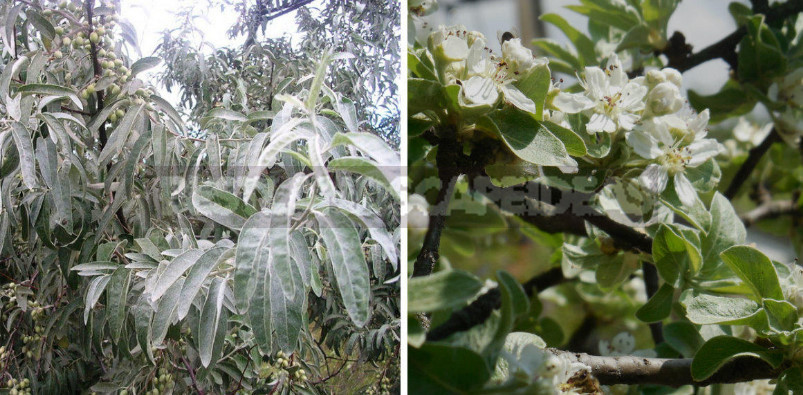
Elaeagnus commutata feels great to have a temperate climate. Hardy. Too harsh winter, the young shoots may slightly be covered with ice. It is light-loving, tolerates penumbra, quite drought-resistant, unpretentious, sensitive to excessive soil moisture. South of it as if “copies” Pyrus elaeagrifolia, growing in some mountainous areas even without irrigation.
Amygdalus triloba – Cerasus
Luxury couple, in different regions of the country blooming at the same time. Many summer residents, at least once in their lives seeing the cherry blossoms in the South, put it in the list of their “garden desires”.
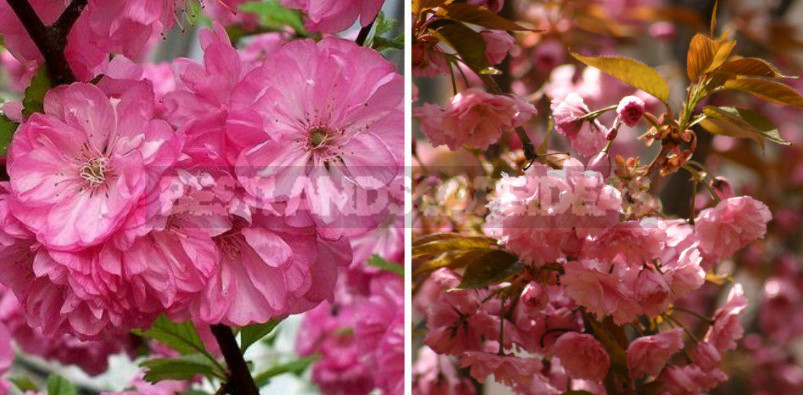
However, more heat-loving ornamental Asian cherry (C. lannesiana, C. serrulata and others) are winter-hardy only in the southern zone of horticulture. They can be successfully replaced decorative double forms Louiseania triloba:
- ‘Rosea Plena’ – flowers pink;
- ‘Rubra Plena’ -purple-red flowers.
Both are photophilous, grow well on fertile soils. Amygdalus triloba, unlike real Sakura, quite normally winters in the middle lane, only sometimes in severe winters can freeze the tips of shoots. It is well grafted on cherry plum, thorns, plum home, cherry felt. The result is a very interesting stamp forms.
Sorbus aucuparia-Photinia davidiana, syn. Stranvaesia davidiana
Unusually bright and familiar in the North Sorbus aucuparia also boasts a spectacular southern twin.
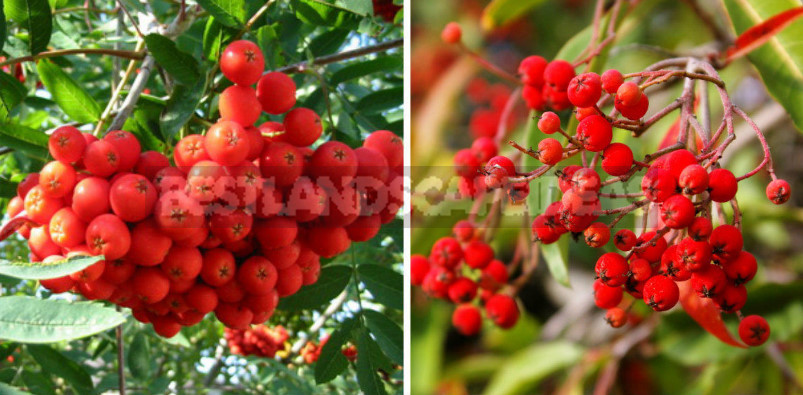
During fruiting it is difficult to distinguish not only from Photinia davidiana, but also from Pyracantha coccinea.
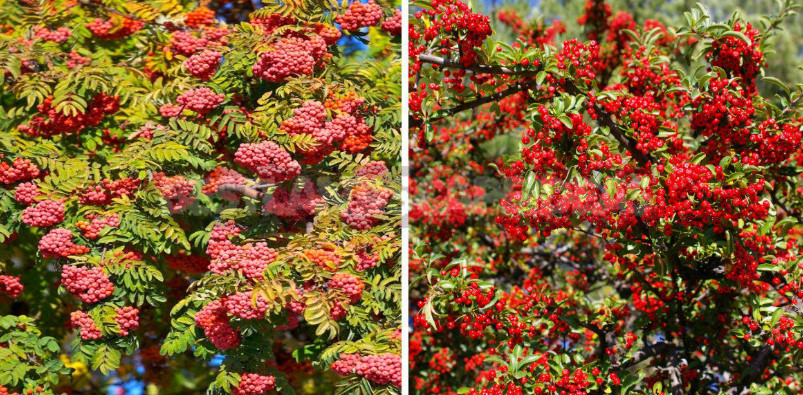
Northern Belle hardy, tolerates slight shade, undemanding to soil, but grows best on friable, moist.
Prunus padus-Laurocerasus officinalis
In flowering and fruiting, Prunus padus is similar to the growing evergreen Laurocerasus officinalis. The difference is insignificant (both of the family Rosaceae): Prunus padus white brush drooping, and in Laurocerasus officinalis they are directed upwards. The aroma is also very similar.
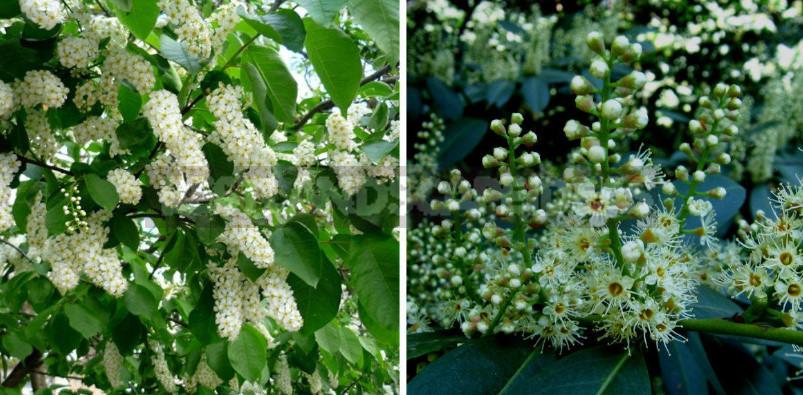
Unlike more winter-hardy relative, for southerners-15 º C is already critical. It puts up with carbonate soils, which grows well and bears fruit.
The hedge from it is cut in early June, using simple garden scissors on long handles (when using electric tools, the slices of leaves turn black).
In conclusion-traditional questions from the author: which pair, in your opinion, looks more harmonious?
Which of the plants presented in the material are already decorating your cottages?
